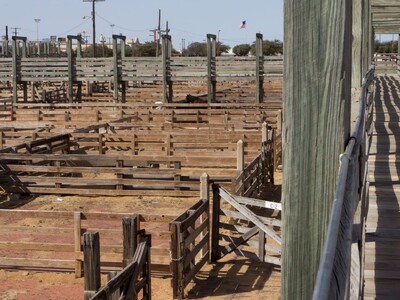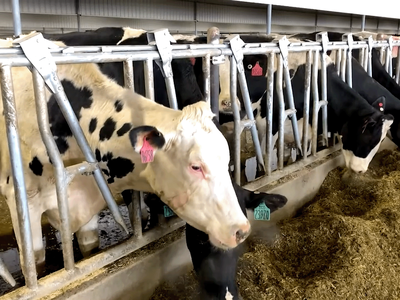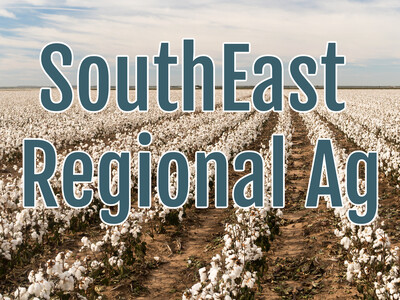AG Weather Impacts
One of the first places we often see winter wheat being harvested is in the lower elevations of north Morrow County. Yesterday, I spoke with Larry Lutcher of OSU Extension based in Heppner. I asked when he expects the combines to start rolling.Larry:
There will be a few people that start the last week of June and we'll be going full-bore right after the 4th of July.
Normal wheat yields in Morrow county average lower than areas to the east due to less rainfall. In order to improve yields, Larry works with farmers to test new varieties.
Larry:
Each variety of wheat's got a unique genetic makeup and some of those varieties are better adapted to really dry and hot climates like we have here. We do that at 3 or 4 locations in the county every year. We plant varieties from all over the world. We keep an eye on them during the year. We harvest them, and then we tell the farmers how they do.
Not only do Morrow county wheat growers have to deal with a variety of weather from north to south, soil types also change.
Larry:
On the north end we're dealing with deep soils. As you get closer to the Blue Mountain range, southern part of the county, you start to get into what we call Valby Silt Loams, and those are soils that are typically 2 feet deep and the clay content in those is much higher.
Be on the lookout for trucks and combines over the next couple months across the Columbia Basin. My thanks to OSU's Larry Lutcher.















